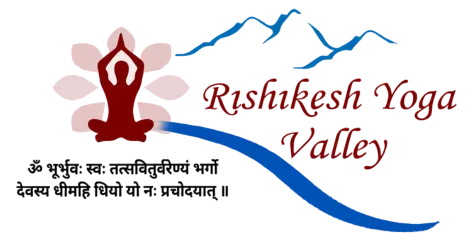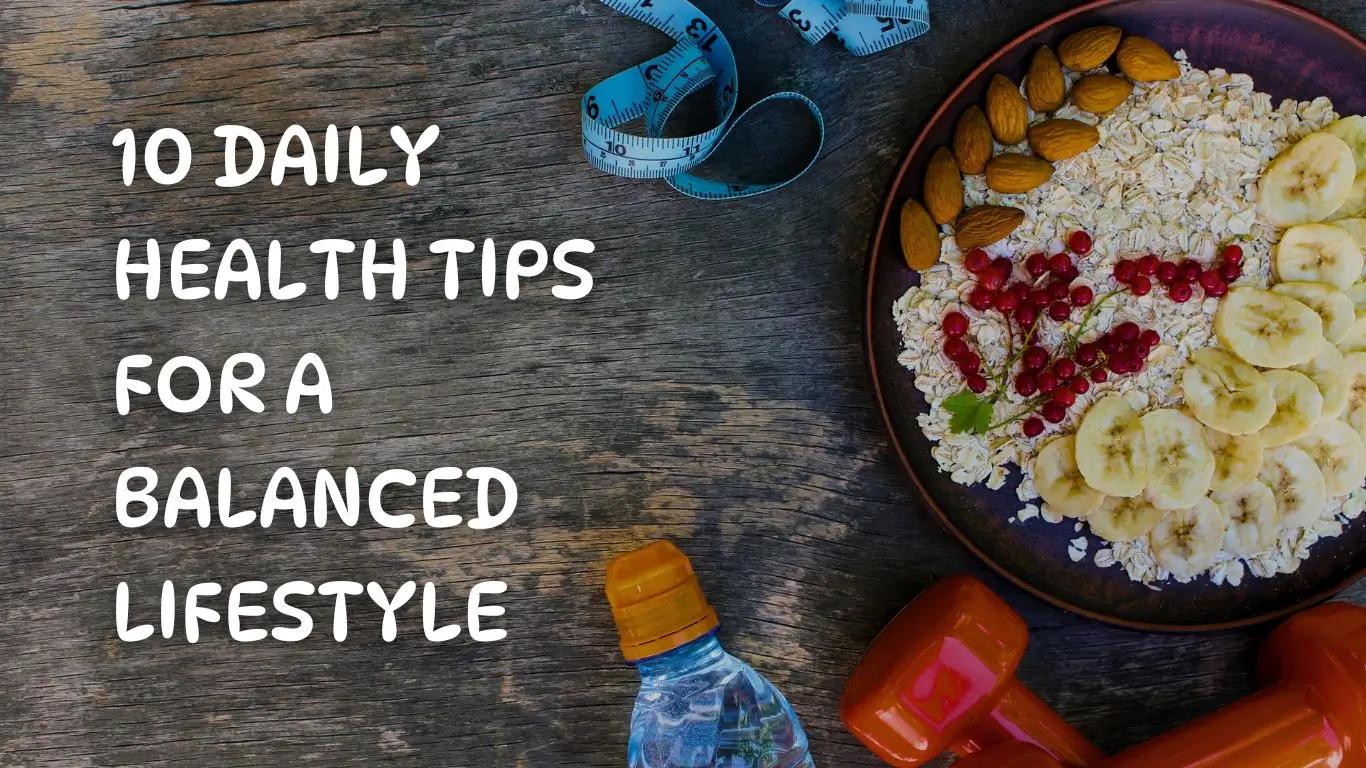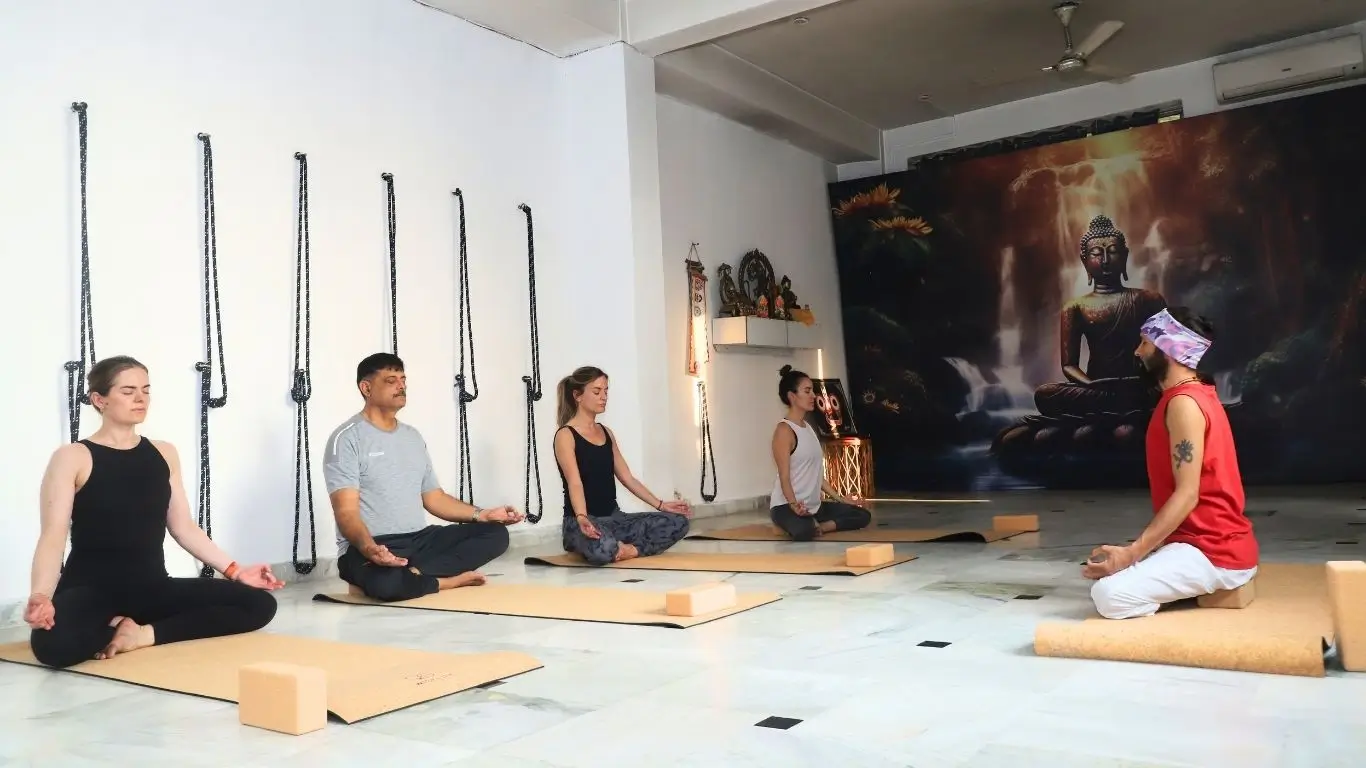How Yoga Helps with Stress, Insomnia, and Better Sleep

The average number of healthy sleeping hours for an adult male/female is about 7-8 hours. Ever wondered why most of us end up waking,with a feeling of not having rested enough & keep feeling drowsy throughout the day?, even after we fulfill the criteria of 7-8 hours of sleep.
Because it’s not only the number of hours, it’s also about the quality of sleep, which altogether defines one’s sleep cycle.
So let us start from what are the factors which majorly affect the quality of our sleep?
- Apart from Caffeine use, Increased Gadget use, Alcohol abuse, Smoking & Physiological responses like pain in the body, Chronic stress & Anxiety have become the leading causes of Insomnia & disturbed sleep patterns in adults.
- Overworking ourselves, Inability to meet nutritional requirements, Overthinking, Living too much in the past or future, Familial responsibilities, Major life events can lead to stress related symptoms like increased blood pressure, eating disorders, insomnia, anxiety, depression and various other lifestyle disorders.
However, the good news is that all of these lifestyle disorders are preventable with Yoga, lifestyle changes and holistic practices. All it requires firstly, is an active will to lead a healthier life.
Yoga therapy has been proven to have a significant effect on a person’s psychological well – being, quality of life and effective management of stress, anxiety & depression.
Here I provide you a set of few simple yoga asanas & pranayam practices that can improve your sleep quality by two folds, mainly by ruling out the stress factor.
All you need to do is spare 30 – 40 minutes for yourself everyday, stay consistent & see the results for yourself!
Breathing Exercises
Pranayama
I always like to start with Pranayama, as it helps to disconnect your senses from the surroundings and completely focus on your own breath and body.
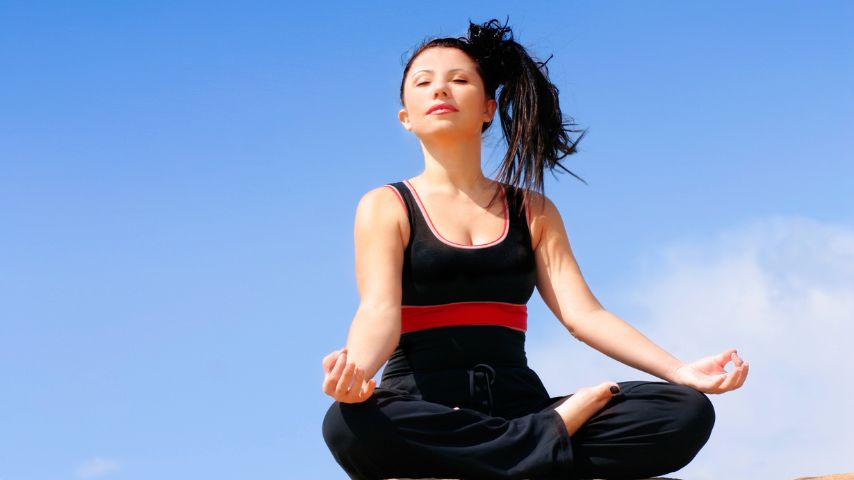
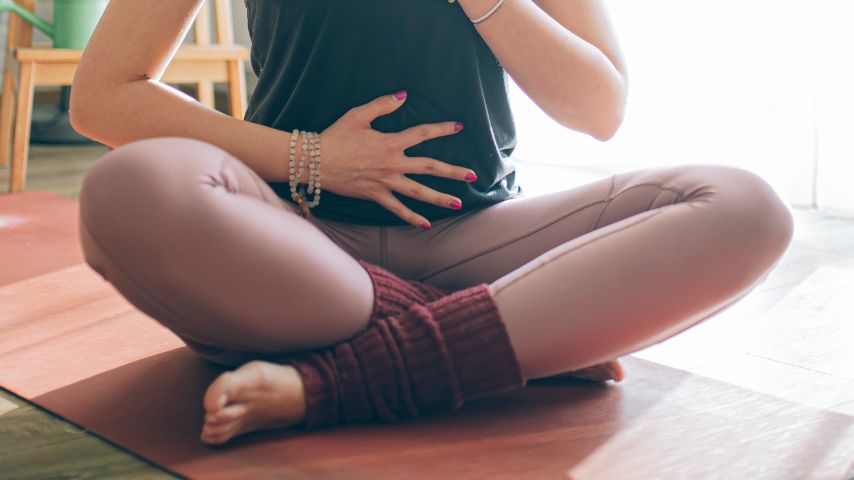
Yogic Breathing
Start by gently closing your eyes. First bring your hands into Anjali mudra / Namaskara mudra. After which you can place one palm on your diaphragm region and the other at the level of your clavicles. Inhale deeply and exhale slowly while observing the movements of your chest muscles, diaphragm, sternum & clavicles.
Repeat for 6-8 times!
Anuloma – Viloma / Alternative Nostril Breathing
Start by adopting the Nasika Mudra. Bring your right hand in front of you. Fold you index & middle finger to touch your palm. Now close your right nostril with your thumb, start by exhaling from you left nostril.
Once you’re done, inahle deeply from left nostril itself, until your lungs are full. Now close the left nostril with your ring finger and exhale from your right nostril. Now, Inhale from right, and repeat alternatively.
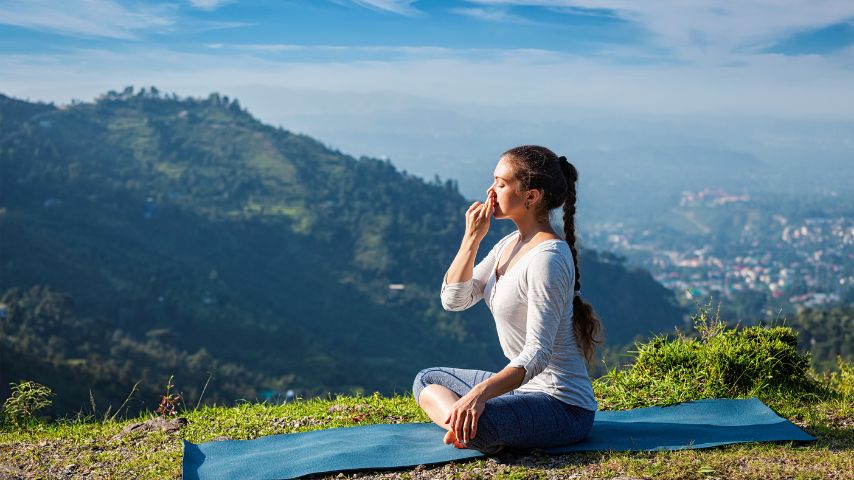
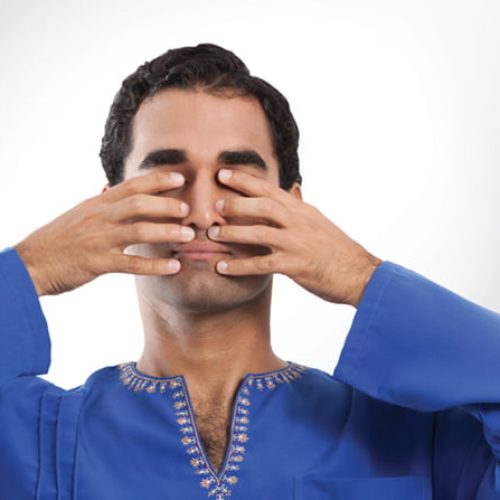
Bramhari Pranayama
Bramhari Pranayam mainly acts on Vishuddhi Chakra / Throat Chaka. Practicing Bramhari helps to calm the mind and get rid of fear, anxiety, stress & anger.
Adopt the Shanmukhi Mudra by closing both ears with your thumbs, place you index fingers on your upper eyelids, middle fingers on your nostrils, ring fingers on upper lips and your little fingers on below the lower lip
This is a beautiful mudra and my personal favourite. It signifies the inward drawing of senses – by closing both eyes, both nostrils, both ears, and our mouth.
Inhale deeply and as you exhale produce a a humming sound,similar to a bee Or similar to Aum/Om, from your throat region.
On any given day if you have no time to practice all the asanas, you may simply stick to Bramhari Pranayam alone- before bed, if you’re someone dealing with sleep problems and your goal is to improve your sleep quality.
YOGA ASANAS
Chandra Namaskara / Moon Salutations :
As Chandra / The Moon signifies calm & cool qualities, performing of Chandra namaskara yeilds benefits like Calmness of mind & Relief from Stress & Anxiety. It is a set of 14 asanas and has can be performed in the calm hours of the day.
Read in detail – Chandra Namaskara, it’s benefits, indications and contra- indications on my blog – Chandra Namaskara by a Yoga Teacher.
Marjariasana / Cat and cow pose:
Start in table top position, make sure you’re fingers are spead & your wrists in- line with your shoulders, similary your knees in- like with your hips. As you inhale & look up ,see that you lower your belly and lift your tailbone. Exhale and look down, round your back, tuck your tailbone and lift your navel towards your spine.
Repeat 6 times. This relaxes your spine and relives all the tension from the body making it flexible.
Balasana / Child’s pose :
Start by sitting in Vajrasana, slightly spread your knee apart and kneel down, touching your forhead to the ground. You may strech you hands in front of you & place your palms on the ground, or you may simple place them by the side of you hip.
You can also use a pillow for a more relaxed effect and provide better support for yourself.
Ananda Balasana / Happy Baby Pose :
Yes, as the name suggests this asana can make you feel like a happy baby. Start by lying on your back. Fold your legs at knees, lift your legs and grab your toes, open your hips and rock from one side to the other.
This is a relaxing posture, and after a long day at work, imagine you can be a happy baby,rocking side to side !
Uttana Shisosana / Puppy pose :
Start by taking the table top position, making sure your hips are in line with your knees. Strect your arms in front of you & slowly drop your chest to the ground while exhaling. Try to reach your forehead to the ground. You may use a yoga block / a soft pillow to support your forhead and aim to go as far as you’re comfortable, making sure not to put excess pressure on your low back.
Feel you breath fill up your lungs and stay there for a 30-40 seconds.
FAQ About Yoga Breathing & Asana
When to do these?
- Yoga Asanas & Pranyama practices are always supposed to be practiced on empty stomach, or minimum 2 & half – 3 hours after meals. It again varies based on the type of meal you’ve consumed previously. For example, If your previous meal included meat, fried food & heavy foods, you will have to increase the time gap between your meals and practice. However, when practiced early in the morning these practices yeild best results, and help you in achieveing a calm and composed.
